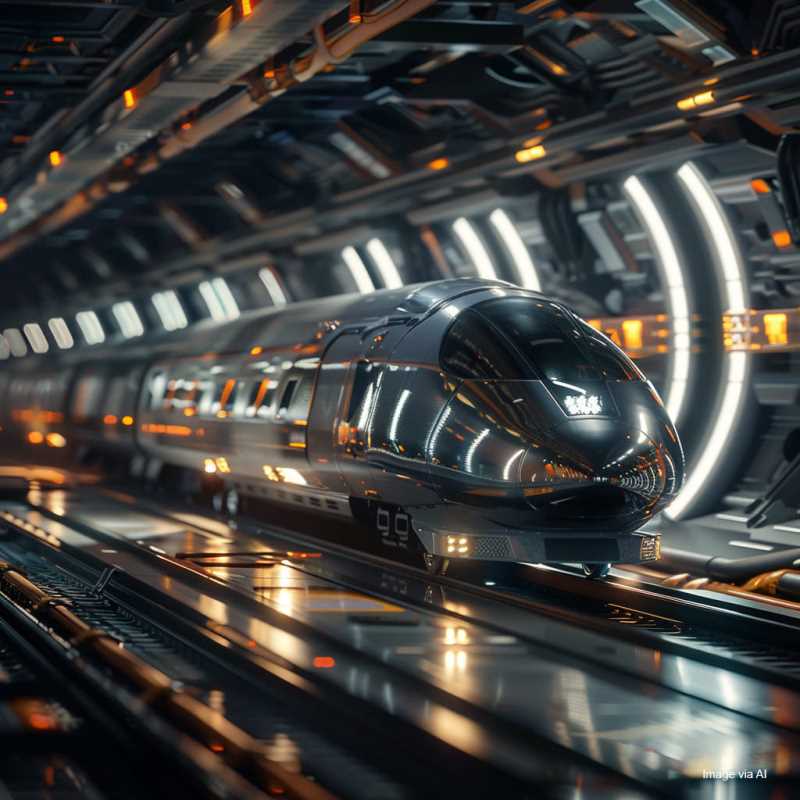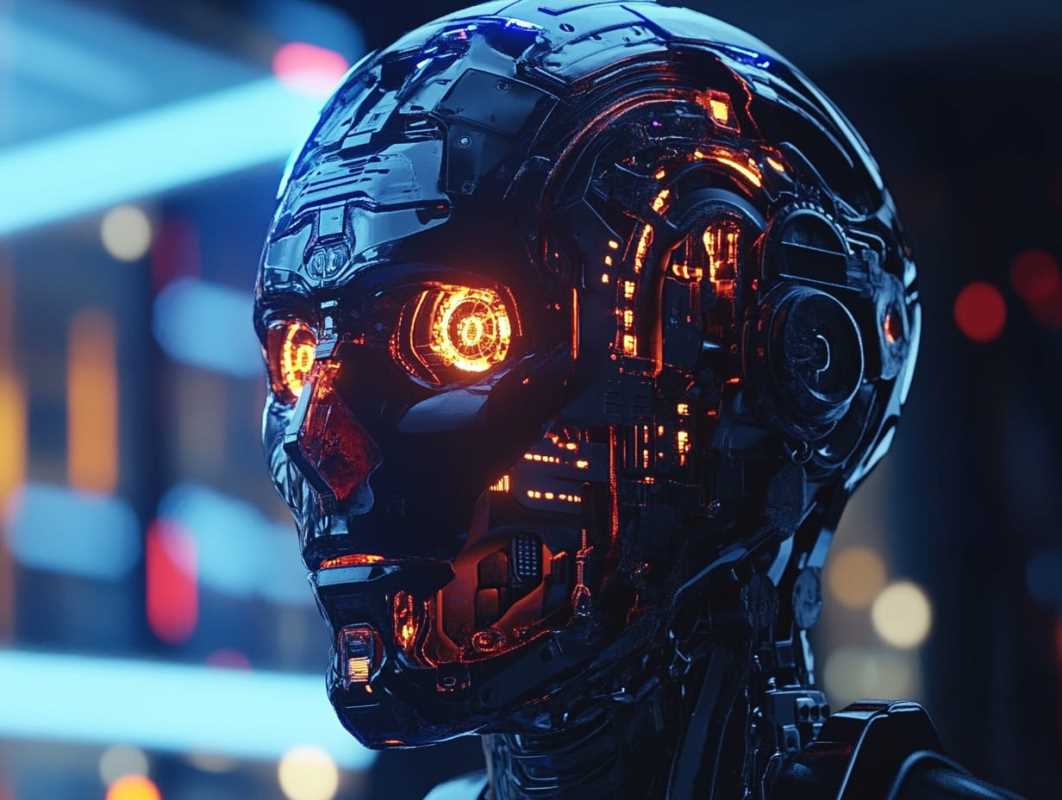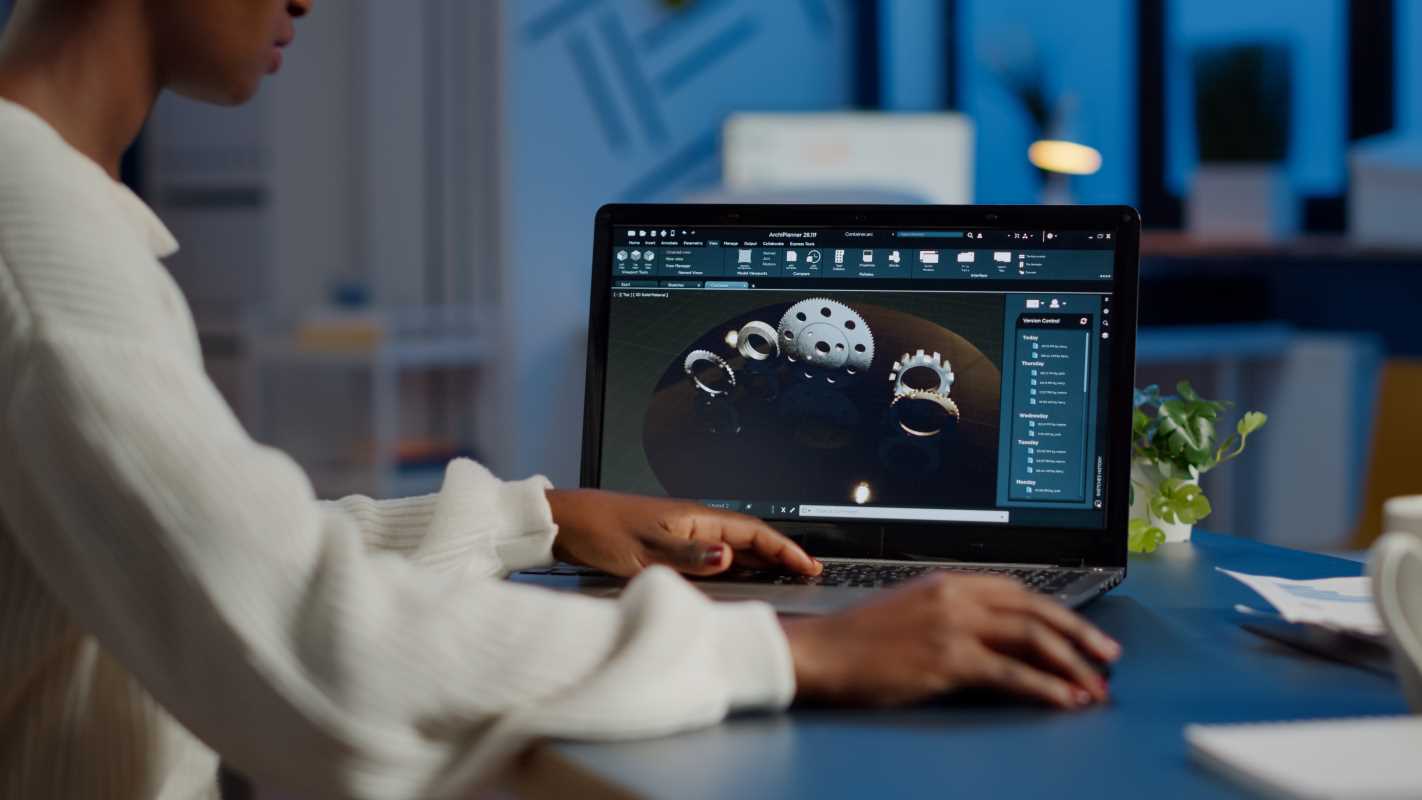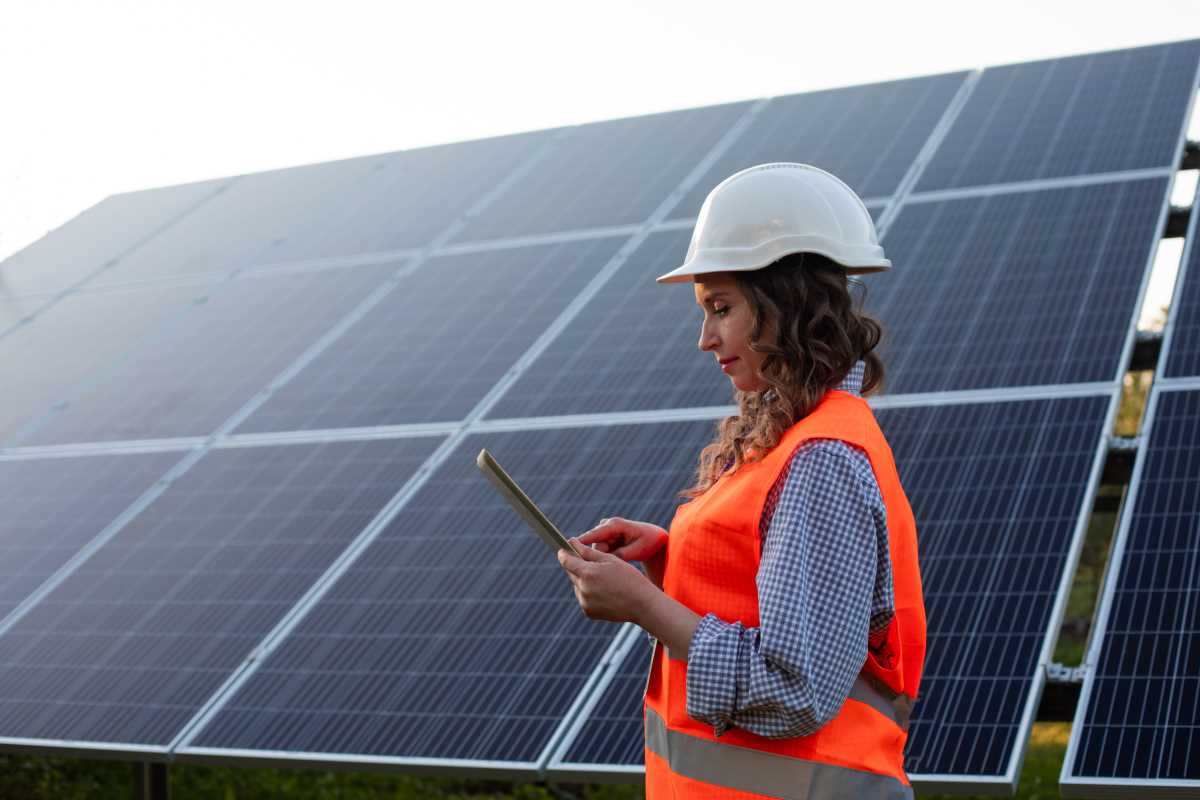The future of transportation is poised for a revolutionary transformation, largely driven by advancements in aerospace and robotics engineering. These two fields are not only changing how we travel, but they are also reshaping industries, economies, and the environment. Aerospace engineers are innovating in areas such as air travel, space exploration, and unmanned aerial vehicles (UAVs), while robotics engineers are making strides in autonomous systems, vehicle automation, and advanced manufacturing techniques. Together, these engineers are pushing the boundaries of what’s possible, creating safer, faster, and more efficient ways to move people and goods.
Aerospace Engineers: Redefining Air and Space Travel
Aerospace engineering has long been at the forefront of transportation innovation, primarily in developing aircraft and spacecraft. However, the scope of aerospace engineering is expanding as we move toward more sustainable, autonomous, and space-oriented travel. Aerospace engineers are crucial in advancing various transportation systems, including commercial aviation, space exploration, and even future interplanetary travel.
Sustainable Air Travel
The environmental impact of traditional air travel has been a significant concern, especially in light of global efforts to reduce carbon emissions. Aerospace engineers respond to this challenge by developing more fuel-efficient aircraft and exploring alternatives such as electric propulsion systems. Innovations such as hybrid-electric airplanes, like the Alice aircraft developed by Israeli company Eviation, promise to drastically reduce the carbon footprint of air travel. These planes use electricity as a primary power source, with the potential for zero-emissions short flights. As battery technology continues to improve, these electric aircraft could be used for regional and short-haul flights, helping to reduce the aviation industry's overall environmental impact.
Another innovation in sustainable air travel comes from the concept of hydrogen-powered aircraft. Companies like Airbus are working on hydrogen propulsion systems to replace conventional jet fuel. Hydrogen fuel cells produce water vapor as their only byproduct, making them a potentially revolutionary clean energy solution for aviation. Although hydrogen-powered airplanes are still experimental, they hold immense promise for a greener future in air travel.
Autonomous Aircraft and Drones
Aerospace engineers are also working on autonomous aircraft that could one day replace traditional piloted planes, making air travel more efficient and potentially reducing human error. Companies like Joby Aviation and Lilium are developing electric vertical take-off and landing (eVTOL) aircraft. These vehicles, designed for urban air mobility, aim to create an entirely new mode of transportation, allowing passengers to travel over congested urban areas in an environmentally friendly manner.
In addition to passenger transport, aerospace engineers are leading the way in developing drones for commercial and logistical purposes. Drones are already being used for everything from package delivery to aerial surveying, and their capabilities continue to expand. The use of autonomous drones for last-mile delivery, pioneered by companies like Amazon and Wing (a subsidiary of Alphabet), is particularly exciting. These drones have the potential to revolutionize the logistics and transportation sectors by providing faster, more efficient, and cost-effective delivery methods. As aerospace engineers refine drone technologies and improve regulatory frameworks, drones could become a regular part of daily transportation systems.
Space Exploration and Future Interplanetary Travel
While space exploration may seem far removed from everyday transportation, aerospace engineers are pushing the boundaries of what’s possible, with the long-term vision of making interplanetary travel a reality. Companies like SpaceX's development of reusable rockets has already made space travel more affordable and accessible, and engineers are now working on next-generation spacecraft that could carry passengers to the Moon, Mars, and beyond.
One of the most ambitious projects is SpaceX's Starship, which is designed to carry humans to Mars and other destinations in the solar system. This spacecraft, currently in the testing phase, aims to drastically reduce the cost of space travel and make interplanetary colonization feasible. By reducing launch costs and enabling reusable spacecraft, aerospace engineers are working to pave the way for humanity to become a multi-planetary species. While this goal is still years or decades away, the work being done today by aerospace engineers is laying the groundwork for future space transportation systems that could reshape how humanity connects with the universe.
Robotics Engineers: Revolutionizing Mobility and Automation
Robotics engineers are also playing a critical role in shaping the future of transportation, particularly in developing autonomous vehicles, smart infrastructure, and manufacturing automation. Robotics technology has the potential to make transportation safer, more efficient, and more accessible for people around the world.
Autonomous Vehicles
Autonomous vehicles (AVs) are revolutionizing transportation, with robotics engineers designing self-driving cars that rely on sensors, algorithms, and AI to navigate safely. Technologies like LIDAR, radar, and cameras allow AVs to detect obstacles and make decisions faster than humans. The potential benefits include improved safety, increased mobility for the elderly and disabled, and reduced traffic congestion and emissions. However, regulatory hurdles, public acceptance, and technological limitations remain. As robotics engineers continue to refine AV technology, self-driving cars could become an integral part of urban transportation, offering safer and more efficient commutes.
Key Technologies:
- LIDAR, radar, and cameras for obstacle detection and navigation.
- AI algorithms for real-time decision-making and route optimization.
Benefits of AVs:
- Improved road safety by reducing human error.
- Increased mobility for individuals unable to drive.
- Reduced traffic congestion and environmental impact.
Challenges:
- Regulatory and legal hurdles.
- Public acceptance and trust in autonomous systems.
- Overcoming limitations in complex driving conditions.
Robotics in Transportation Infrastructure
Robotics engineers are also transforming transportation infrastructure. Automated systems are designed to handle road maintenance, traffic management, and cargo loading tasks. Robots equipped with AI are already being used in airports and seaports to streamline luggage handling and cargo sorting, making the transportation of goods faster and more efficient. Similarly, autonomous robots are being developed to inspect and repair roads, bridges, and tunnels, reducing the need for human workers to perform dangerous tasks in hazardous environments.
Smart cities of the future will rely on a combination of robotics and AI to manage transportation systems. For example, traffic lights and signs may become automated, adjusting in real time based on traffic flow to optimize congestion. Robotics engineers are also working on systems that can guide vehicles through parking lots or automate the process of unloading goods from trucks.
The Role of Robotics in Manufacturing and Maintenance
In addition to the development of autonomous vehicles and infrastructure, robotics engineers are helping to transform the manufacturing process for transportation-related products. Automation has become a key component in car factories, where robots handle tasks such as welding, assembly, and inspection. These automated systems can work faster and more precisely than human workers, resulting in higher-quality vehicles and lower production costs.
In addition, robotics is improving vehicle maintenance. Autonomous diagnostic systems can now perform real-time analysis of vehicle performance, identifying mechanical issues before they become serious problems. This shift towards automated maintenance promises to make vehicle upkeep more efficient, prolong the lifespan of transportation fleets, and reduce downtime.
A Combined Future
The combination of aerospace engineering and robotics engineering is driving major transformations in the transportation sector. While aerospace engineers focus on enhancing air and space travel, robotics engineers are developing autonomous vehicles and transforming transportation infrastructure. Together, these fields are creating a future where transportation is faster, safer, more efficient, and environmentally friendly.
The integration of autonomous aircraft, drones, and electric vehicles with smart infrastructure will revolutionize how people and goods are transported. The possibilities for future travel—whether through cleaner air travel, self-driving cars, or even space exploration—are limitless. As aerospace and robotics engineers continue to innovate, the transportation landscape will evolve, paving the way for new modes of travel that will redefine how we move and explore the world.
 (Image source: Midjourney)
(Image source: Midjourney) 





